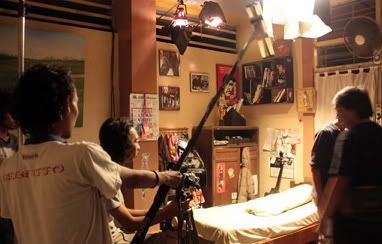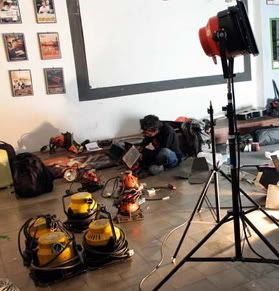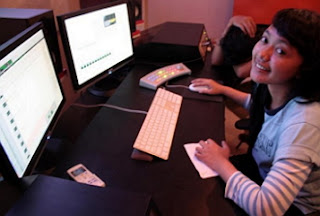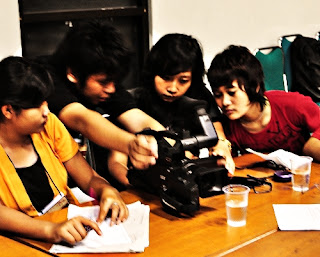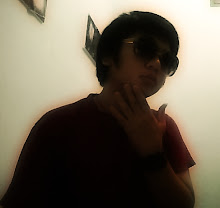Film has integrated the various elements of the story to change the script of life in a story on the screen. Among the technical elements - sound, lighting and editing - the lighting is a special role. In theater, the audience views the motion picture with synchronized audio track. All visual impressions on the viewer depends on how the proper lighting.
Although you can choose from a variety of kits available on the market of lighting conditions, but some of the basics, you can also build a working light kit using components commonly available and inexpensive. From a local hardware store you can buy the lights of metal reflectors, which are used in repair shops. These can be hung on a clip closed, and portable. You can use the bulbs the desired effect and color them.
The other extension is very useful, you must have a good stock of them. You need it, almost everywhere, but especially for lighting. You can also have an adjustable, said three-feet. These can be used to mount clips or lights with light diffusers. To have a white board to balance the white light, while the film will be something else useful to do. These can also be used as reflectors to bounce light on an object.
The last item in your toolbox will be a light diffuser. It is a kind of white see-through thin. To shed light on this issue on one side and diffuse, or shall we say, "spread" the light coming from the other side and the brightness. With this technique, the object does not seem too bright or "hot".
Although you can choose from a variety of kits available on the market of lighting conditions, but some of the basics, you can also build a working light kit using components commonly available and inexpensive. From a local hardware store you can buy the lights of metal reflectors, which are used in repair shops. These can be hung on a clip closed, and portable. You can use the bulbs the desired effect and color them.
The other extension is very useful, you must have a good stock of them. You need it, almost everywhere, but especially for lighting. You can also have an adjustable, said three-feet. These can be used to mount clips or lights with light diffusers. To have a white board to balance the white light, while the film will be something else useful to do. These can also be used as reflectors to bounce light on an object.
The last item in your toolbox will be a light diffuser. It is a kind of white see-through thin. To shed light on this issue on one side and diffuse, or shall we say, "spread" the light coming from the other side and the brightness. With this technique, the object does not seem too bright or "hot".
You should be aware that no light is always white and have different colors. Normally, you will discover when you begin using the camera. For example, if you draw a night in a room that has a tungsten bulb, the movie will be yellow. Similarly, the fluorescent light gives green. If you pull out, the effect of light is blue, especially if you shoot in a shadow.
If you want an impressive effect of natural light, hit the target when the sun goes down. The light at this time gives a wonderful light caramel color. But you have only minutes to complete your shot before the sun goes down. However, if you're smart and keep ready, you can take great pictures. You can use this time for your filming activities, particularly in the latter part of months of spring or summer of the year.
You might also like to learn the basics of 3-point lighting standards in place that is the standard technique used by camera men and photographers. As its name suggests, uses three lights for different purposes: the light shines first or main object is deleted the second light in the shadow of the first light, and a third light is used behind the subject to the incorporation of the dimension of object. You can adjust the lights to achieve the desired result you want. This technique of birth to three points, is widely used in different ways. So you may want to practice this technique and see how it works.
If you want an impressive effect of natural light, hit the target when the sun goes down. The light at this time gives a wonderful light caramel color. But you have only minutes to complete your shot before the sun goes down. However, if you're smart and keep ready, you can take great pictures. You can use this time for your filming activities, particularly in the latter part of months of spring or summer of the year.
You might also like to learn the basics of 3-point lighting standards in place that is the standard technique used by camera men and photographers. As its name suggests, uses three lights for different purposes: the light shines first or main object is deleted the second light in the shadow of the first light, and a third light is used behind the subject to the incorporation of the dimension of object. You can adjust the lights to achieve the desired result you want. This technique of birth to three points, is widely used in different ways. So you may want to practice this technique and see how it works.

